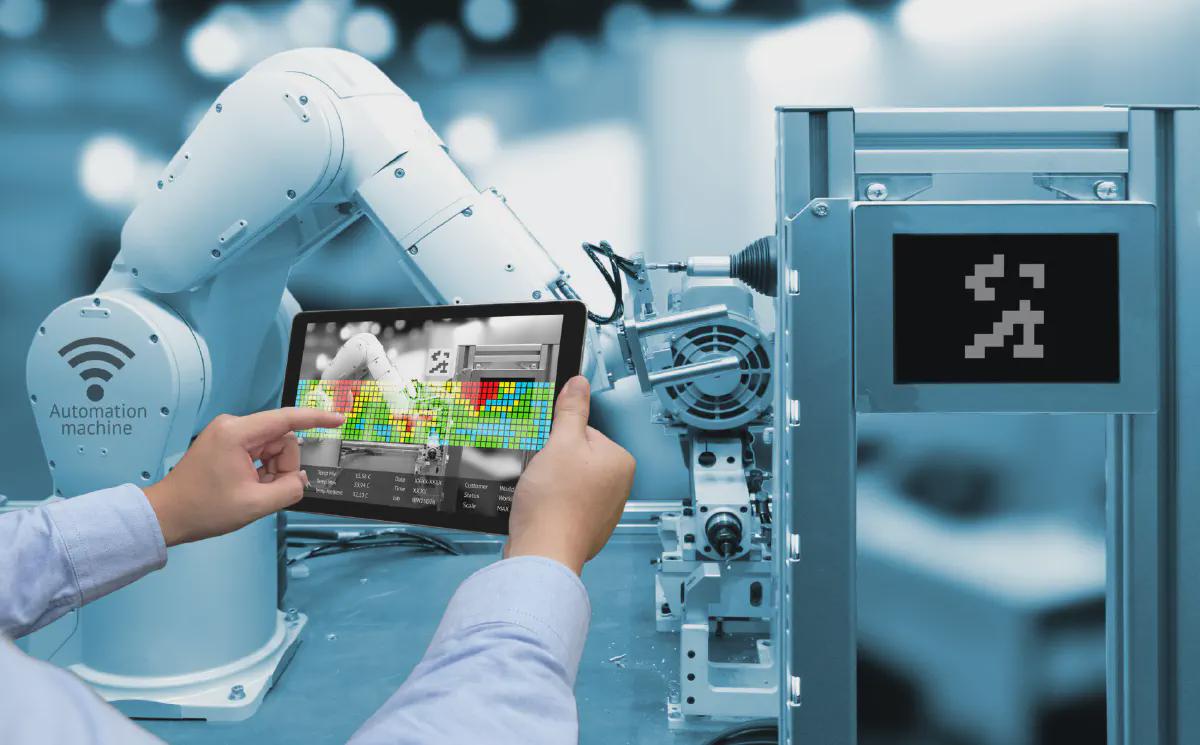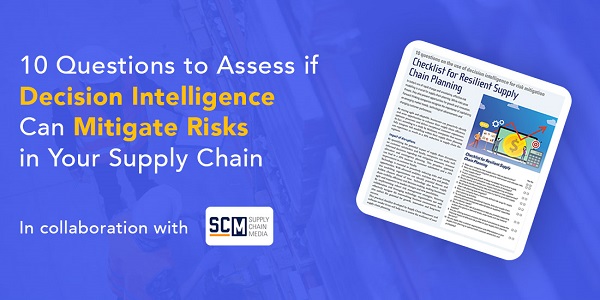Author: Mert Ertürer
The Industry 4.0 era (also known as the “fourth industrial revolution”) is upon us, and manufacturing companies around the globe are increasingly embracing automation and data exchange and implementing new technologies including cyber-physical systems, internet of things (IoT) devices, cloud computing, artificial intelligence (AI), machine learning, robotics, and advanced data analytics.
These innovations are fundamentally changing supply chain dynamics and creating new business opportunities – for those manufacturing firms who are able to implement and utilize Industry 4.0 technologies through an Integrated Business Planning and Optimized Decision Making platform.
What’s the secret to success for manufacturers in the Industry 4.0 era? They must be able to deliver highly-personalized, competitively-priced products on time in full (OTIF) for customers.
And how can manufacturers achieve this? Through integrated, optimized planning and decision making across their end-to-end supply chains.
A real-life example
Let me give you an example from my own life of successful OTIF delivery performance in the Industry 4.0 era. Recently I ordered a new smartphone with a specially engraved red plastic case from the internet. I simply went to the webpage of an online vendor, where I was given an array of personalized options to choose from in terms of smartphone brand and model, memory capacity, color, case, engraving, etc.
Although it was a highly complex and personalized order, the website rapidly generated an expected delivery date (in 10 days). After that, here’s what probably happened: the website instantly informed the phone manufacturer about the specific details of my order. The phone-case factory was also automatically notified about my order, and then production of my customized red, engraved case commenced by robots on the assembly line there – a great example of horizontal supply chain integration in action!
And after my customized case was produced, a person stationed at the end of the assembly line in the factory – equipped with “enhanced reality” technology (maybe Google Glasses connected to an order management system, displaying specific information on my order) – checked my order to ensure that it was correct and complete. And finally, a robot handled the packaging and order delivery process, and a few days later my new smartphone and customized case magically materialized on my doorstep.
The successful OTIF delivery of my smartphone is a perfect example of Industry 4.0 capabilities. The entire vertical and horizontal supply chain is seamlessly connected and synchronized – via IoT devices, back-office systems, cloud computing and enhanced reality technology, data analytics, etc.
But this incredible vertical and horizontal supply chain integration and execution would not have been possible without integrated business planning and decision making.
The importance of integrated planning and decision making
What role does planning and decision making play in my smartphone story? It has a major impact on three different levels:
- Strategic level: Network planning is crucial for manufacturing companies – as their factories, warehouses, and suppliers need to be strategically located and they need to be able to make real-time decisions concerning which factories and warehouses will be used to satisfy demand. The instant I ordered my smartphone, a decision had to be made about which facilities would be utilized to manufacture and fulfill my order.
- Tactical level: Being able to deliver my personalized smartphone with 10 days required effective demand planning, capacity planning, inventory planning, sales & operations planning (S&OP), and workforce planning. The lead time to produce my smartphone and personalized case may be several months, so it’s essential to have a planning and decision making system in place that enables the manufacturers to forecast demand and effective manage capacity, materials, inventory, and workers to maximize resource utilization and minimize costs.
- Operational Level: To be able to provide an accurate delivery date for my smartphone, the manufacturer had to have a detailing scheduling system in place to make an instant capable-to-promise calculation and due date decision. To efficiently manage the human workers and robots that produced my smartphone, operational workforce planning is necessary.
As you can see, integrated, optimized planning and decision making are an integral part of the Industry 4.0 supply chain.
To satisfy customers, control costs, deliver bottom-line results, manufacturers must be able to achieve integration and optimization of the planning and decision making across their end-to-end supply chains.
Does your company have what it takes to succeed in the Industry 4.0 era?
If you would like to see ICRON in action, please contact us. If you have enjoyed this blog, you can find more content that you might enjoy here.












